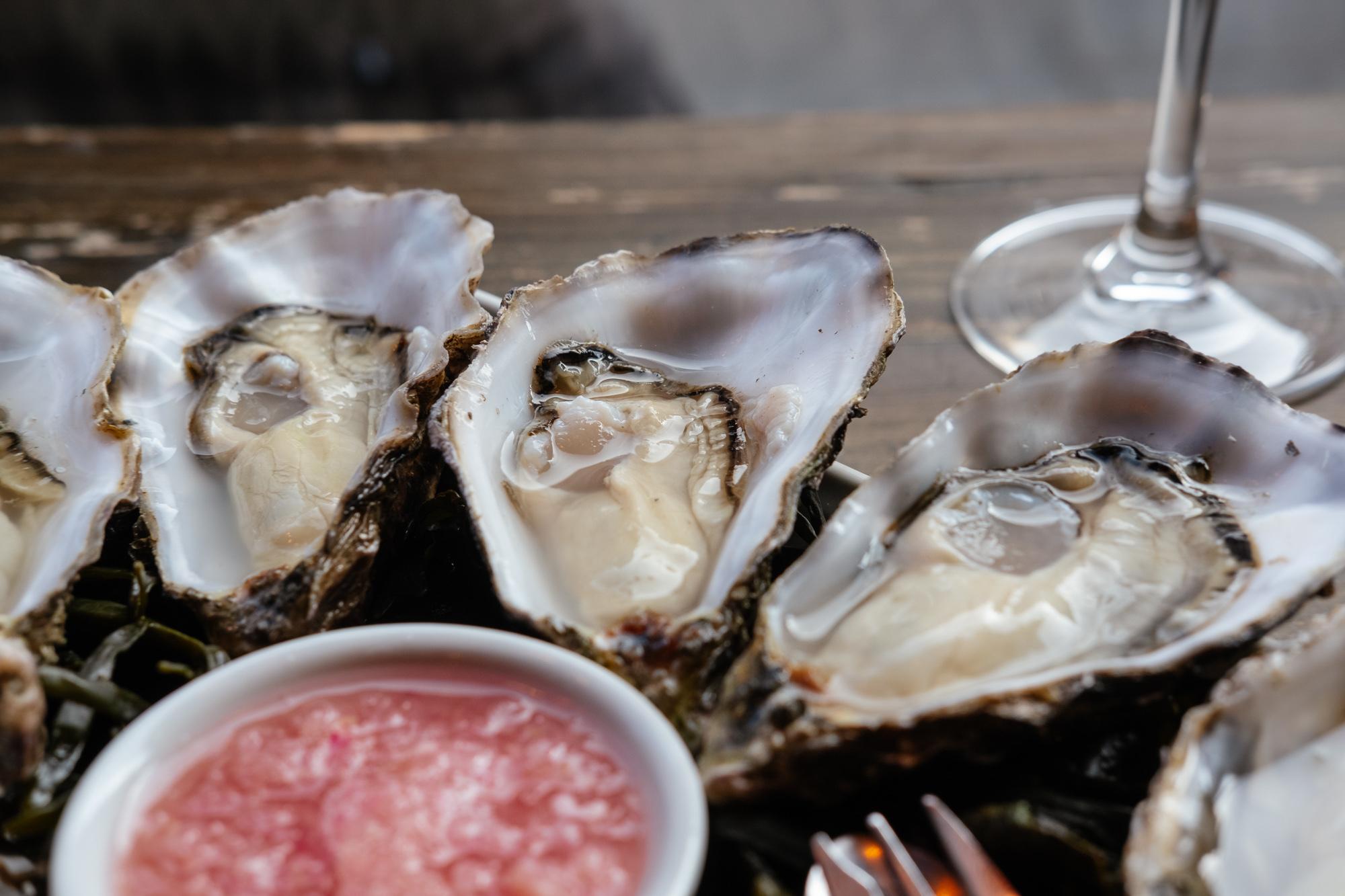I remember my first oyster as if it was yesterday. That’s probably the most middle-class sentence I’ve ever written. Well, second-most if you also count the next. Because the reason I remember that oyster so vividly is that I ate it when I was about eleven years old at a restaurant in Royan, a seaside resort town in southwest France.
Pilfered from my parent’s fruits de mer platter, laden with coral crevettes and rubbery grey bulots, that oyster was my first taste of adventure through food and the start of a lifelong love affair with that brackish bivalve. Savouring that sweet and salty mouthful, I was no longer a young man confused about long division and girls but Ahab standing on the bow of the Pequod, squinting through the spray and surveying an ocean of potential lunches in front of my eyes. It was the most mature assault I’d ever given my palate and one that I greedily chased with a glug of ice-cold Orangina.
Known as the “kidneys of the sea”, oysters play an essential role in coastal rewilding and have a potentially important role in reducing climate gas emissions. The reason I’m telling you all this is because I truly believe the oyster to be a sacred food – one which you simply should not fuck with. A saline, yonnic purse that slides down your throat as easily as a sunburnt child slides down a waterslide in Portugal, an oyster purrs with subtle creamy notes and has a metallic aftertaste that lingers with you long after you’re left with an empty shell. That delicate balance of flavours is why I’ve found myself apprehensive about the current trend of covering oysters in what seems like an entire cupboard’s worth of condiments.
The familiar triforce of lemon, Tabasco, and mignonette (an Ed, Edd ‘n’ Eddy of oyster additions that I begrudgingly condone thanks to their ubiquity, if nothing else) has given way to an “anything goes” approach where you can now find oysters on the menu at restaurants dressed in everything from bone marrow miso butter to Monster Munch. Which is fine. You can do what you want with food; that’s part of the fun. But all these additions almost seem like a way of making oysters appealing to a crowd of people who, well, don’t like oysters. It’s the crudo equivalent of serving someone steak haché and calling it a grilled “steak tartare”.
